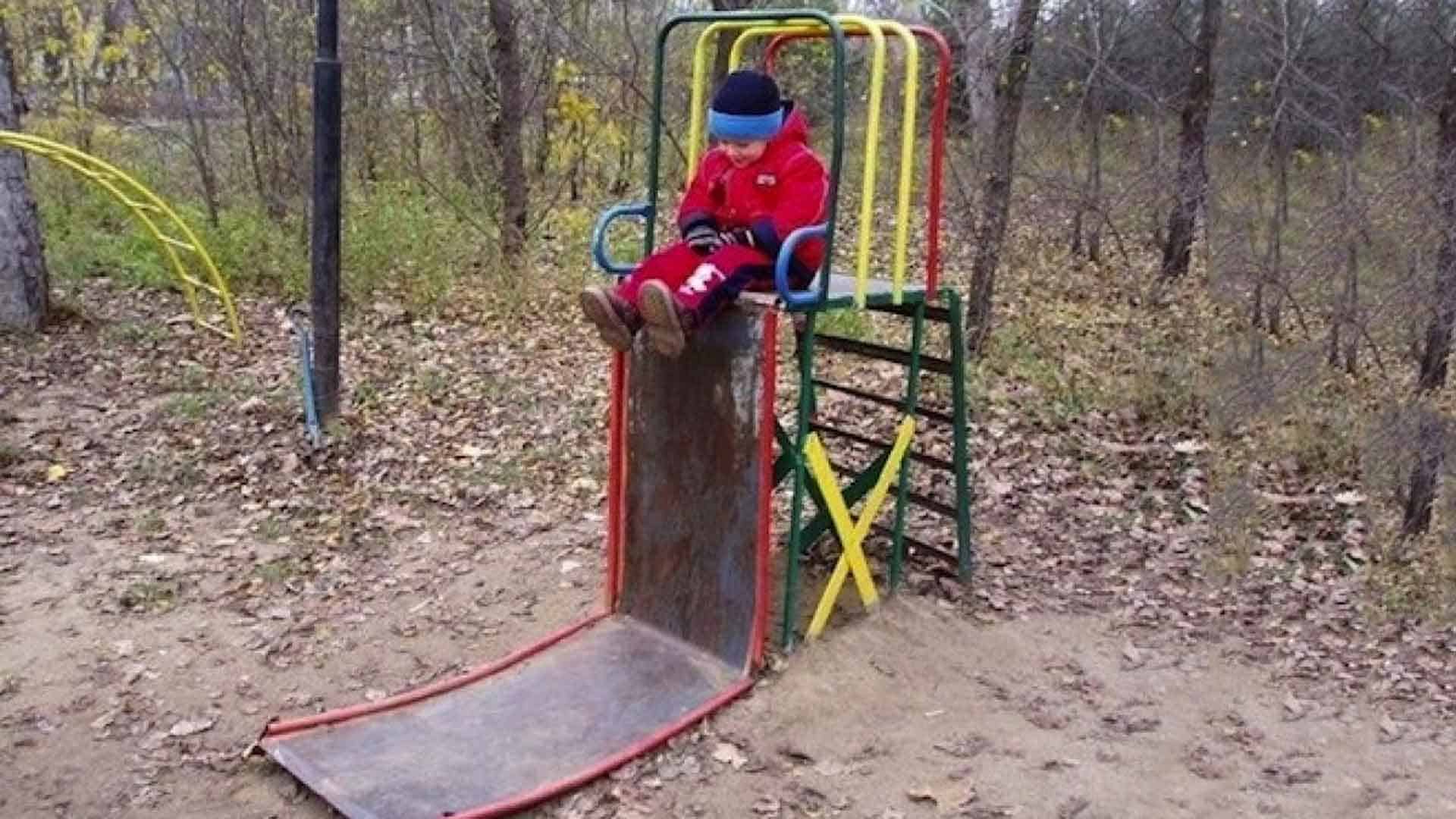
If querying the internet for “presentation tips” you’ll most often find reference to the 10/20/30 rule, introduced by Guy Kawasaki or the famed KISS principle (keep it simple stupid). Both are excellent rules to keep in mind, but sometimes you want to dive deep into your slide content, not just how you deliver it. For just that reason, I’ve created the following list, so you might avoid “worst slide” honors.
9 WAYS TO MAKE YOUR PRESENTATION NOT SUCK
— answer these questions before you consider your presentation “ready” —
- STORY – In one or two sentences, what is the storyline of your presentation?
Perhaps a challenge is solved, a business anecdote is told, or an idea is shared. Whichever it may be, neuroscientists agree that humans are more likely to be engaged by a story, than facts and figures. Ironically I’m convincing you with a fact, but that’s also the point. Tell a story, support with facts. What makes a good story, we’ll save for another time. - DESIGN – Is your story supported by the graphics or images on screen?
Our brains process visual content super, super-fast. We’re then anchored by it. The fonts and color you use, the layout and the graphic elements—they matter more than you think. Make sure your slides are designed well. Like #1 above, what makes design great deserves its own post. - AUDIENCE – Are your slide contents consistently directed to the right (target) audience, and are they business or technically oriented?
Know your audience and how the presentation will be used. Whether you’re presenting to 1, few or many people, consistently address them through the same point of view. If you have multiple targets, be sure each slide addresses each target without becoming awkward. Otherwise, make two presentations. - TONE – Does the tone of voice change within or across slides?
Be sure the words on screen don’t jump from casual to formal, or sassy to serious, otherwise presenting them is difficult. Be consistent within each slide and across the entire deck.
- ALTITUDE – Do the slides include the appropriate level of details for the audience?
Naturally, a CTO is concerned with different things than an app developer. Know the audience and include only relevant details they connect with. - STRUCTURE – Does the audience know where they are in the storyline?
Your story has a structure, so keep the audience oriented. Looking at the headlines and subheadings apart from the rest of the slide content is a good method for ensuring the structure flows well. Each slide should be necessary and fit in your desired structure. Use orienting slides, like an agenda, section headers, or breadcrumbs if the presentation is long. - QUANTITY – Are you trying to land too many ideas on each slide?
Remove the unnecessary by condensing your content to only the most salient points that support the slide takeaway. If you feel some audience members will desire more detail, create additional slides for the appendix. - PARALLELISM– Is your slide content parallel in structure?
Mixing facts with directives with benefits with questions is hard to follow. Use the same pattern of words or clauses to show how each piece of content is related. Note how I’m organizing this list with a category, followed by a question, followed by notes or advice – that’s being parallel. - ACTION – Does the audience know what they need to do next?
Great presentations move people toward action, even if that action is feeling something. So, ensure that you weave in your desired outcome into the structure of the story.
2A tells business and brand stories all day, every day. Reach out to us anytime—we’d love to tell yours, too (see, that was my #9)!

